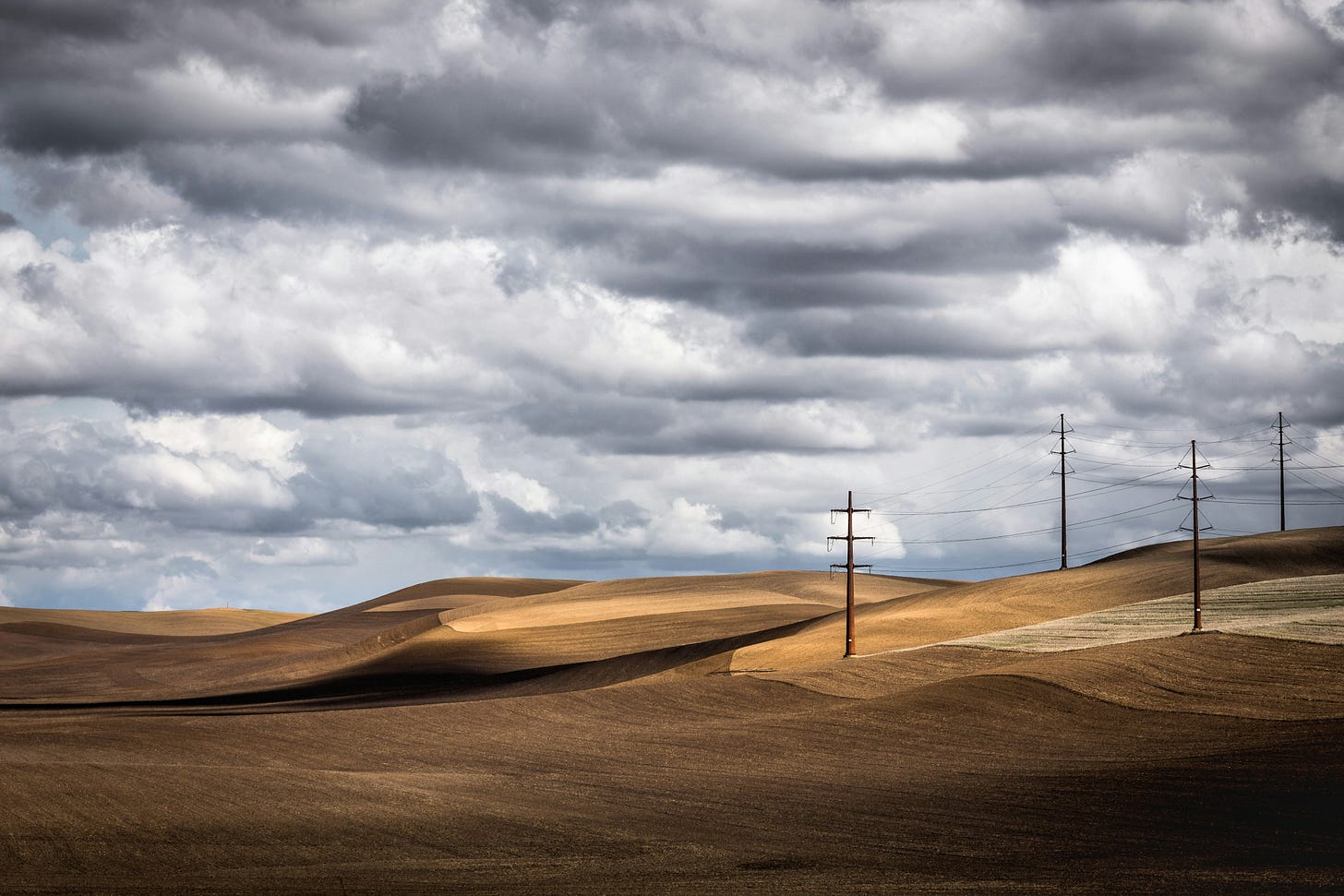I’m taking a vacation to the hills of Tennessee this week before the hubbub of the fall semester begins, so I’m in the mood to think a little differently about immigration. As I’ve mentioned before, I’ve been experimenting with speculative fiction to explore not only How We Got Here but also where we’re going.
The Industrial Revolution and steamship technology caused immigration to spike in the 1880s, and technology may again prove a driving force in migration trends. If AI will disrupt workplace, economy, community, and sovereignty, it will disrupt borders too — in ways good, bad, and maddeningly difficult to foresee.
I’m an optimist, either by nature or by choice, and I see a ample reason for optimism about the momentous changes ahead. But it won’t come without shocks, even in the best of scenarios. The micro-story below begins to explore that change — not so much how it might look, but how it might feel.

After the explosion, we both took off down the road in the direction of the blast. A few people passed us coming back the opposite way. They appeared unharmed. There weren’t many of them.
The highway had two lanes of slate grey blacktop, plus a wide shoulder on each side. Running a couple hundred yards before rounding the first curve, we passed only wheat-colored fields that blanketed the low hills of loess on either side and up ahead of us. Around the curve, more of the same. The road’s freshly painted double yellow center line wound through the country like the spine of a snake. I ran along the scenery’s only other distinguishing feature, the white line that marked the roadway from the shoulder, clinging to it with my steps.
Ahead of me, G accelerated and pulled away. I lost sight of him after the next turn. I could hear the crowd now, indistinct but growing stronger.
***
I saw the crowd before I turned back. There was nothing I could have done.
***
Back at the campground, a few people still hung around, sharing what news they’d been able to pick up from the radio.
“There will be two categories of benefits for the two types of people,” I heard someone near me say. Or maybe it was a radio announcer.
Two types?
“Those who’ve seen …” the voice said. The rest remained unspoken.
***
I saw G returning. A dozen hairline cracks seemed to crisscross his face, like a porcelain bowl broken and rejoined by Japanese kintsugi.
He sat down next to me.
Had I seen? I’d seen something. I didn’t know.
Which type of person was I? Which type did I want to be?
When I looked back at G, the cracks in his face had grown a dark red, as blood seeped into the hairlines and then coagulated. The blood began to form thin, brick-red scabs tracing the lines along the surface. He leaned back now. He seemed faint.
“Pain,” he said. “There’s pain, now.”
Inflammation, I thought. I can help him, I just need to find ibuprofen. I jumped up. Others lingering around our campsite might have ibuprofen. I just need to get him some ibuprofen, I thought, then all will be fine. But I knew which type of person he would be.


